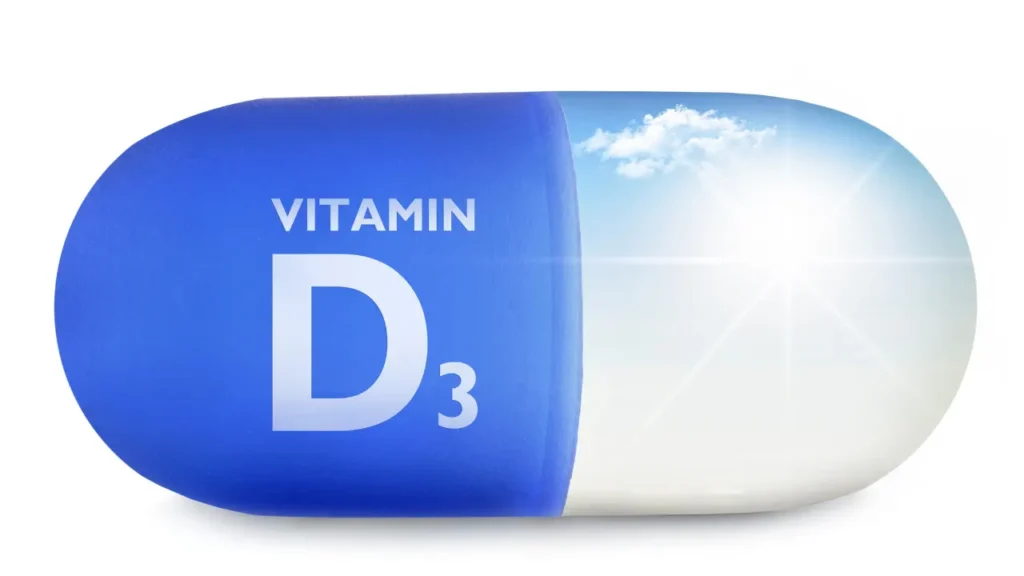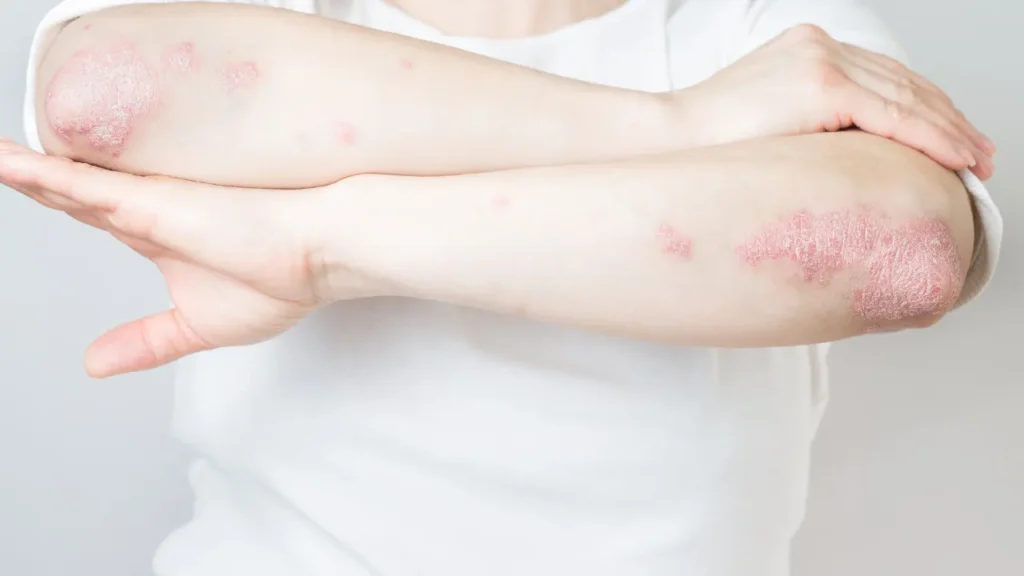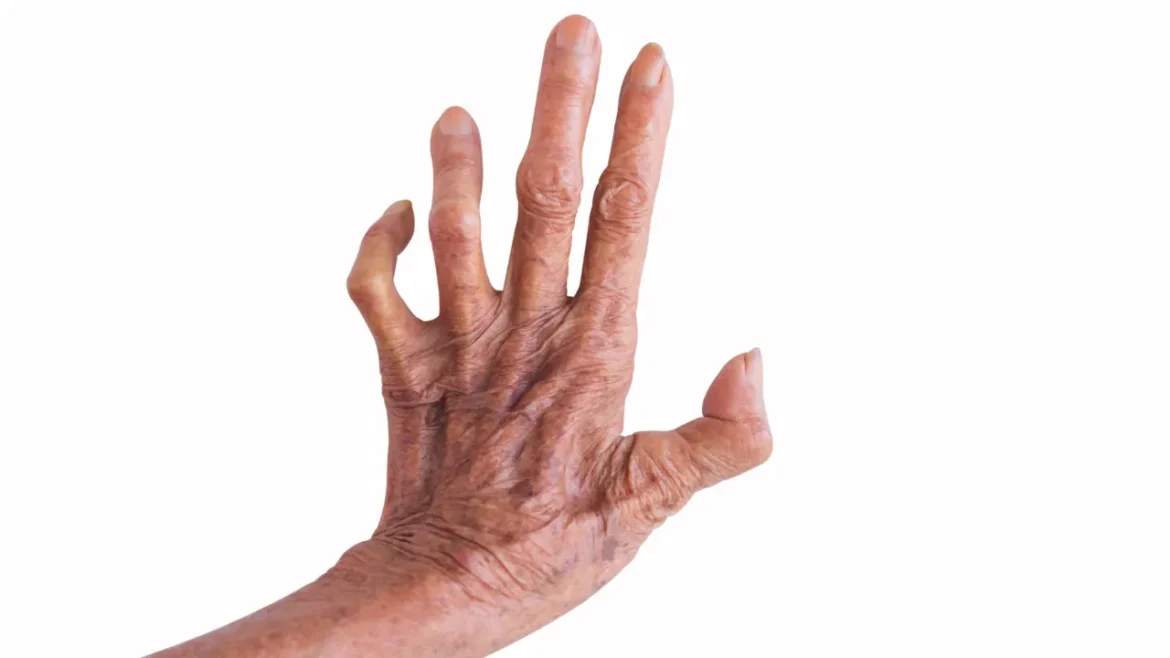Description
Leprosy, frequently recognized as Hansen’s disease, represents a chronic infectious disease caused by a bacteria named Mycobacterium leprae. Skin, eyes, upper respiratory tract mucosa, and peripheral nerves are its main sites of involvement. The disease can present clinically in a variety of ways, from paucibacillary to multibacillary. Skin sores, sensory loss, peripheral nerve injury, and abnormalities are some of the symptoms.
You May Also Like:
AS HEART MEDICATION COSTS SKYROCKET, CONSUMERS CONSIDER NATURAL SOLUTIONS
WHAT IS CARDIAC ATROPHY? 5 SCIENCE-BACKED SUPPLEMENT INGREDIENTS THAT MAY BOOST HEART HEALTH
Leprosy: Description, Causes, And Treatment Protocol is an original (HealthXWire) article.
Possible Causes
Leprosy is mostly disseminated by respiratory droplets of infected persons, which are caused by Mycobacterium leprae. Leprosy spread can be influenced by genetic predisposition and the immune system, among other things. Immune-related genetic variants have been linked to higher vulnerability. The possibility of transmission can also be increased by environmental variables like residing in an unclean and crowded environment.
The possible transmission of zoonotic diseases from armadillos is also supported by evidence. More investigation is required into the precise transmission mechanisms as well as the connections between immunological, genetic, and environmental factors in leprosy development to fully comprehend the causes of this condition.
Exacerbating and Mitigating Factors
The exacerbating factors include: –
Impaired Immune System: Leprosy is more likely to spread when the immune system is compromised. Leprosy can worsen due to illnesses like malnutrition, HIV/AIDS, or some drugs that impair the immune system.
Extended and Close Contact: Leprosy is mainly spread by prolonged, close interaction with an infected person who is not receiving treatment. The danger of transmission is increased by crowded living situations or extended close interaction with an untreated person.
Genetic Factors: Leprosy may be more severe in some people or certain people may be predisposed to be more susceptible to developing it. Numerous probable causes have been found, including variations in immunological response and mycobacterial infection susceptibility genes.
Diagnostic and Therapeutic Delays: Leprosy can worsen and develop serious complications if diagnosis and treatment are delayed. Delays regarding diagnosis and treatment may be attributed to a lack of knowledge, social stigma, and restricted access to healthcare.
Inadequate Sanitation and Hygiene: Leprosy transmission risks and the disease’s progression may be made worse by living in unhygienic surroundings with inadequate access to hygienic water, good sanitation, and hygienic habits.
The mitigating factors include: –
Early Detection and Therapy: Leprosy consequences must be minimized through early detection and swift multidrug therapy (MDT) initiation. Early diagnosis and treatment can stop the spread of the illness, lower transmission, and lessen complications.
Adherence to Treatment: Proper management of leprosy requires complete compliance with the prescribed treatment plan. The whole course of antibiotics should be taken as directed by medical specialists to avoid recurrence and the emergence of drug resistance.
Contact Tracking and Screening: Leprosy patients’ close contacts may be identified and screened to help find new cases and start treatment quickly. Contact tracing aids in breaking up disease-transmission chains and halting further spread.
Health Awareness and Education: In order to raise knowledge of leprosy, dispel myths, lessen stigma, encourage early diagnosis, and encourage treatment-seeking behavior, health awareness campaigns and educational initiatives in the community may perform a critical role.
Improved Living Conditions: Leprosy transmission risk might be decreased and general health can be improved by improving access to potable water, suitable sanitation, and sanitary behaviors.
Integration of Services: Early detection, efficient treatment, and comprehensive care for those with leprosy are all made possible by integrating leprosy prevention programs into the overall healthcare sector.

Standard Treatment Protocol
As the primary course of therapies for leprosy, the World Health Organization (WHO) selected a traditional multidrug therapy (MDT) approach. The three different antibiotics used in the MDT treatment are dapsone, clofazimine, and rifampicin. The type of sickness determines the precise length of treatment.
Paucibacillary Leprosy: Patients with low bacterial load fall under this category. Rifampicin and dapsone are often used over a duration of six months to treat paucibacillary leprosy.
Multibacillary Leprosy: Cases with an increased bacterial burden fall under this category. Dapsone, rifampicin, and clofazimine are the three medications typically used for treating multibacillary leprosy.
It is crucial to remember that the MDT protocol has been crucial in eradicating leprosy worldwide. Nevertheless, based on local regulations and each patient’s condition, the length of time and the precise medications utilized may differ.


Treatment Options
There are other leprosy treatment alternatives available along with the traditional approach. Before deciding on any additional therapies, you must speak with medical experts. The following are the different standard treatment methods: –
Prescription Medications: These include: –
- Minocycline
In situations where dapsone is not tolerated, this antibiotic can be used instead.
- Ofloxacin
In situations where rifampicin is not an option, this antibiotic could be administered instead.
Over-the-Counter Formulations: Symptoms including skin lesions, dryness, alongside itching can be treated with over-the-counter lotions and ointments. Such formulations might contain emollients, moisturizers, or anti-inflammatory agents. People may utilize probiotics by incorporating them into their diet or consuming probiotic-laden foods like kefir, yogurt, sauerkraut, kimchi, and likewise yet it is crucial to choose items gentle on sensitive skin and avoid irritating it further.
Nutritional Supplements: The immune system can be strengthened by nutritional supplements, which can also accelerate leprosy recovery that include: –
- Vitamin A
This vitamin aids in maintaining healthy mucous membranes and immunological function. Additionally, it might improve the body’s capacity to combat diseases.
- Vitamin C
Antioxidant vitamin C supports the production of collagen, speeds up the healing process for cuts, and fortifies the immune system.
- Vitamin D
Immune control and potential antibacterial actions are two functions of vitamin D. Leprosy patients may benefit from having enough vitamin D levels, which are crucial for overall health.
- Vitamin E
As an antioxidant, this vitamin helps to maintain immune system health and prevents cell damage.
- Zinc
The immune system and wound healing depend heavily on zinc, a vital element. It contributes to the development and stimulation of immune system cells and works to keep the skin along with mucous membranes healthy.
- Omega-3 Fatty Acids
Due to their anti-inflammatory effects, omega-3 fatty acids including docosahexaenoic acid (DHA) and eicosapentaenoic acid (EPA) may help lessen the inflammation linked to leprosy. They might be received from food sources, for instance fatty fish like salmon, mackerel, fish oil supplements, or supplements made from algae.
- Probiotics
Healthy gut microbiota is promoted by probiotics, which are good bacteria. In addition to supporting digestion and enhancing nutrient absorption, they can also enhance immunological function. The diet can be supplemented with probiotics or probiotic-rich foods including sauerkraut, yogurt, kefir, and kimchi may be eaten.
The use of nutritional supplements ought not to substitute the recommended course of treatment; rather, they should be utilized as adjunct therapies. It is essential to consult with medical experts to identify the proper dosages and to make sure they are not hindering the effectiveness of prescription medications.
Natural and Herbal Remedies: Herbal and natural solutions are often used as additional treatments for leprosy. Nevertheless, it is crucial to approach them cautiously because the scientific study may not have sufficiently confirmed their efficacy and safety. Typical treatments include the following: –
- Turmeric
Indian food frequently uses the yellow spice turmeric, also called Curcuma longa. It comprises curcumin, a substance with antioxidant and anti-inflammatory qualities. Leprosy-related inflammation may be reduced and wound healing may be accelerated by turmeric. It might be consumed as a turmeric supplement or taken as turmeric powder that is added to food.
- Neem
Neem, also known as Azadirachta indica, an Indian native tree, has been utilized in traditional medicine due to its antibacterial and immunomodulatory qualities. Neem extracts, like neem leaf or neem oil treatments, have been proposed as potential aids in treating leprosy-related skin disorders. Neem has antibacterial effects on microorganisms and may help treat skin problems.
- Aloe Vera
Known for its calming and hydrating properties on the skin, aloe vera represents a succulent plant having leaves loaded with gel. Leprosy-related itching, dryness, and swelling of the skin may be reduced using aloe vera gel. Under the direction of healthcare professionals, it may be applied directly to the regions affected or ingested as a drink or gel.
- Garlic
Due to its antibacterial qualities, garlic, also called Allium sativum, may help the immune system. It has antibacterial properties due to the presence of substances like allicin. Garlic has long been used as a home medicine for ailments like skin infections, but more research is needed to determine exactly how it treats leprosy. One can include garlic in their diet or consume it in the form of a supplement under a doctor’s guidance.
However, it is vital to remember that herbal and natural therapies should be used sparingly and in conjunction with established leprosy treatment regimens. They ought not to be used as a substitute for prescription drugs or medical guidance. Furthermore, the effectiveness and potency of natural medicines might differ, therefore it is advised to consult with medical professionals who can make the right recommendations and supervise their usage in conjunction with conventional treatments.


Conclusion
In conclusion, leprosy or also known as Hansen’s disease is a chronic infectious disease that primarily affects the skin, nerves, and mucous membranes. This disease is caused by Mycobacterium leprae and it is characterized by a wide spectrum of clinical manifestations. The mechanisms for the development of leprosy mostly start with the dissemination of respiratory droplets of infected persons.
Yet, the development of the disease is still not fully understood as it involves complex factors such as the bacterium, the immune system, the length of close contact, genetic factors, etc. The treatment plan for paucibacillary leprosy and multibacillary leprosy involves different sets of antibiotics. A holistic approach with the use of nutritional supplements and natural remedies would serve as a good addition to managing different aspects of leprosy.


Additional resources for further reference
https://www.who.int/news-room/fact-
https://www.aad.org/public/diseases/a-z/leprosy-risk
https://www.cdc.gov/leprosy/index.html
https://emedicine.medscape.com/article/220455-overview
Important Note: The information contained in this article is for general informational purposes only, and should not be construed as health or medical advice, nor is it intended to diagnose, prevent, treat, or cure any disease or health condition. Before embarking on any diet, fitness regimen, or program of nutritional supplementation, it is advisable to consult your healthcare professional in order to determine its safety and probable efficacy in terms of your individual state of health.
Regarding Nutritional Supplements Or Other Non-Prescription Health Products: If any nutritional supplements or other non-prescription health products are mentioned in the foregoing article, any claims or statements made about them have not been evaluated by the U.S. Food and Drug Administration, and such nutritional supplements or other health products are not intended to diagnose, treat, cure, or prevent any disease.
Table of Contents


